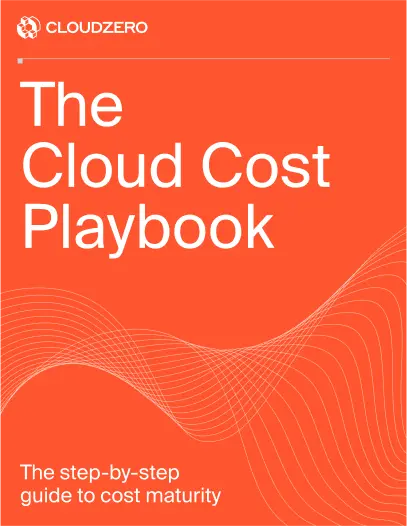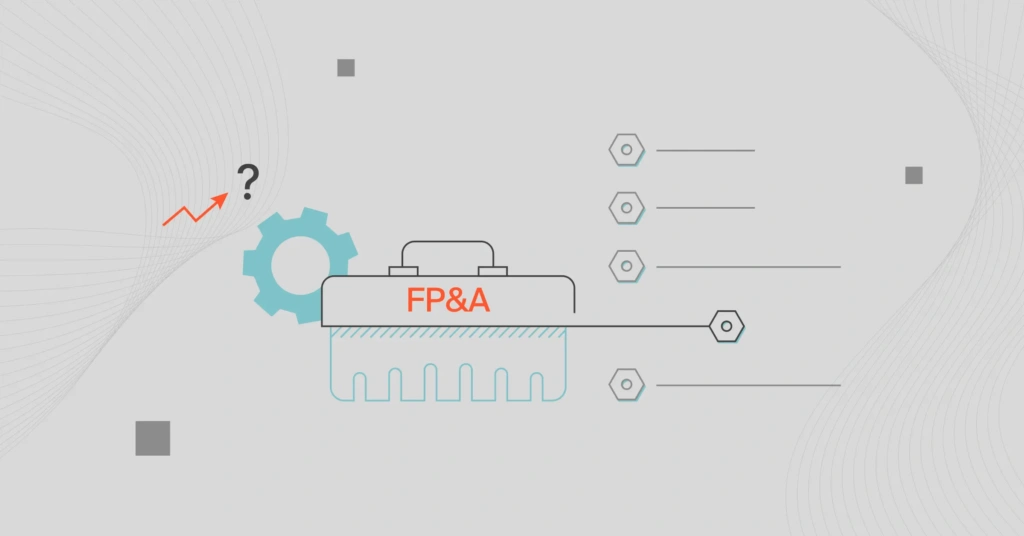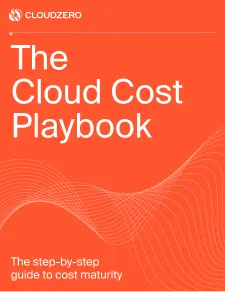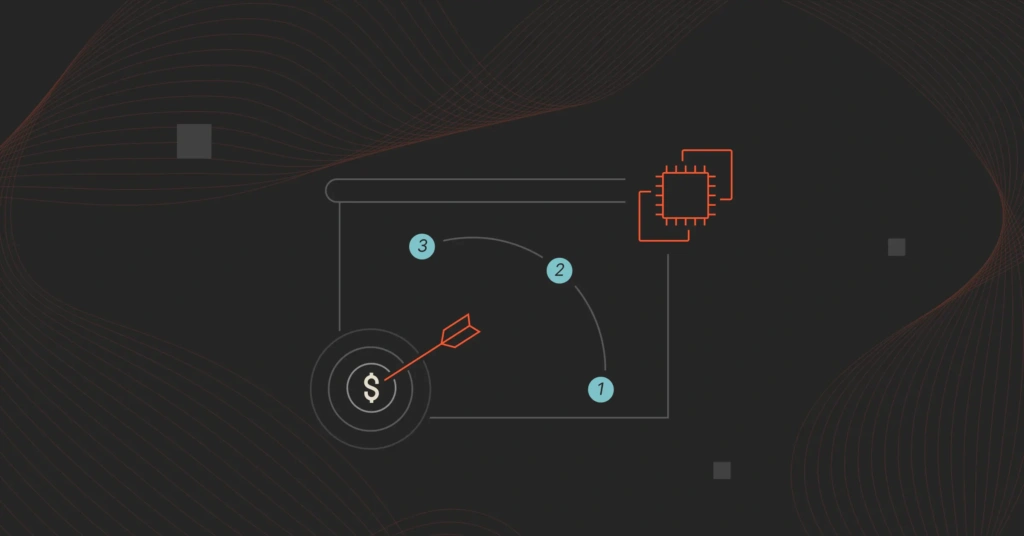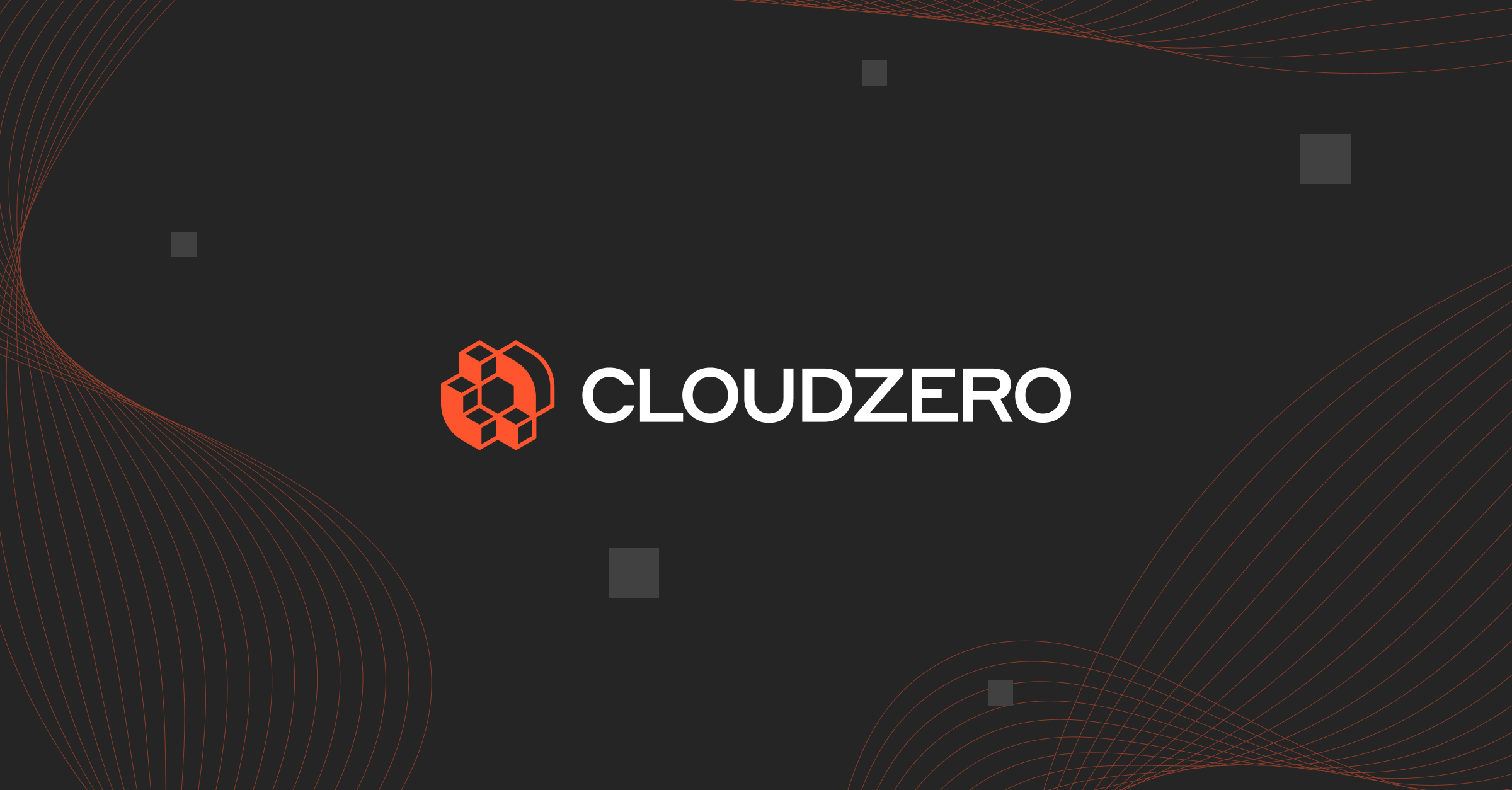You know this by now. You can only improve an area of your business if you measure its health and performance. Yet, rather than collecting every general finance metric possible, you’ll want to plan, collect, and analyze the Key Performance Indicators (KPIs) that’ll drive strategic decision-making.
That means KPIs are a subset of metrics that are most relevant to your goals as a team. Here’s how to leverage the right KPIs as an FP&A team.
Table Of Contents
What Are KPIs In Finance?
Gartner defines a financial key performance indicator (KPI) as an essential measure of revenue, profits, expenses, and other financial results, designed for collecting and reviewing weekly, monthly, or quarterly.
Common examples of finance KPIs include gross profit margin, total revenue per employee, and operating cash flow.
For finance planning and analysis teams, the best FP&A KPIs help them identify opportunities, track lessons learned from past risks, power profitable innovation, and predict future trends.
Yet, determining which metrics to prioritize, how to gather and monitor them continuously, and how to use them for intelligence can be challenging. So, is it worth it?
Why Is It Important To Track And Improve FP&A KPIs?
Measuring KPIs has several powerful benefits, including:
- Collecting, analyzing, and reporting on specific areas makes it easier to see what’s working and what needs improving in those particular areas.
- The process of picking the right FP&A KPIs, continuously monitoring them, and acting on their performance helps increase financial awareness and visibility.
- Good FP&A facilitates collaborative financial planning and operational planning.
- By providing context and story behind the numbers, good FP&A KPIs can interpret and translate numerical data into qualitative analysis.
- The goal of effective FP&A KPIs is to create actionable and attainable targets, which are continually improved in accordance with the overarching business objectives.
- Monitoring, reporting, and acting on F&A KPIs promotes a culture of continuous testing and improving budgets across all departments — not just finance.
Educating and collaborating with your team is essential to building trust. By leveraging FP&A KPIs, you can become more of a strategic advisor to your company rather than a human calculator. So, what are some of the most important KPIs in financial planning and analysis?
What Are The Most Important KPIs For FP&A?
Examples of the most important FP&A key performance indicators include Cost of Goods Sold (COGS), Return on Investment (ROI), and leverage. Here’s more about those and other leading FP&A indicators to consider.
1. COGS cloud cost as a percent of revenue
COGS is your cost of sales; it measures your direct costs of building and running subscription-based software services. Check out this COGS guide to learn what specific indicators to measure.
Example of Cost of Goods Sold (COGS) dashboard by CloudZero
The Cost of Goods Sold grows in line with your revenue. It’s a great indicator of when something’s not right. Yet, an increase in COGS doesn’t always translate to revenue growth. It may indicate that you are overspending.
If your COGS percentage keeps increasing significantly month over month, it may be because the product isn’t working as it should.
Or, it may be a clue that a customer is using the service in an odd way. That happens. We recently dodged a $70,000 increase in annual cloud costs driven by a single customer. That would have cut into our profit for sure.
Without an increase in revenue to match, an increase in COGS hurts your profit margins. Similarly, over-reporting COGS can hurt your bottom line.
2. Return on investment
The return on investment is a financial performance metric that compares how much an investment has gained or lost in relation to the cost poured into it.
In the context of FP&A, the ROI, used with other approaches, helps develop a business case for a given proposal, calculate Net Present Value (NPV), determine whether to continue investing in a given product or service, etc.
For example, your FP&A team can determine that a particular product feature consumes more in cloud costs than it returns in revenue, making it unsustainable.
After closer analysis, your team can decide whether to repurpose the feature or retire it to save money. If it proves to be popular, another option would be to move the feature to a higher-priced tier so that it pays for itself. Or, if it’s a free feature, you may consider charging for it as part of a paid plan.
3. Profitability
Profitability is the ability of your company to generate more revenue than you spend on expenses. It is often measured as a percentage, such as net profit margin or net income.
Financial planning and analysis professionals use a variety of methods to measure profitability, including financial statements, ratio analysis, and break-even analysis.
Profitability is a crucial FP&A KPI because it reflects financial health. For example, a profitable company is able to generate enough cash flow to fund its growth, pay down debt, and return money to shareholders.
Some factors that can affect your profitability include your pricing strategy, cost structure, and marketing and sales efforts. For example, FP&A professionals analyze the cost per customer segment to find out which segments are most profitable, which in turn enables them to invest more in profitable segments.
4. Efficiency
The efficiency KPI measures how well your company uses its resources to generate revenue. It is calculated by dividing revenue by expenses.
A high-efficiency ratio indicates that a company is using its resources efficiently to generate revenue. A low-efficiency ratio indicates that a company is not using its resources efficiently and may be wasting money.
You can use your efficiency ratio to identify how best to allocate resources and save money without compromising performance (which involves aligning FP&A with engineering).
Here are some specific examples of how efficiency can be improved in a business:
- Automating tasks – This can be done by using software or by outsourcing tasks to third-party providers.
- Streamlining processes – This can be done by identifying and eliminating unnecessary steps in a process.
- Investing in new technology – This can help businesses to automate tasks and streamline processes.
- Training employees on new methods – This can help employees to work more efficiently and effectively.
By tracking efficiency and making improvements, your FP&A team can improve your company’s COGS and profitability.
5. AWS cost per headcount in R&D
This KPI can apply to other cloud providers such as Azure or GCP cost per headcount in R&D. It enables you to determine if you are using resources responsibly.
For example, could you be keeping instances or VMs spun up unnecessarily? Or, are there some unused or idle cloud resources consuming your budget?
With robust cloud cost optimization tools such as CloudZero, you can drill into the costs of individual cost factors, enabling you to tell who, what, and why your R&D costs are changing.
6. Unit cost per service
This KPI measures how much you spend supporting a specific service. Every billing cycle, you can collect, analyze, and report the costs associated with running a particular service in production.
The purpose of measuring unit cost per service is not just to monitor current products. It is also crucial intelligence for modeling out scenarios for new products that you’d combine with existing services.
In addition, this unit economics approach is vital for understanding who are your most and least profitable customers, services, features, and other cost centers in your business.
7. Cash flow analysis
The main goal of a cash flow analysis is to determine where cash is coming from and going. It does this by tracking the flow of money into and out of a business over a period of time.
A cash flow forecast differs from an accrual-based financial statement that measures profitability. Rather, cash flow analysis indicates your company’s liquidity, and its ability to meet its short-term obligations, such as paying its daily bills.
You can then use the intel to identify potential problems, such as cash flow shortages, helping you make necessary adjustments to improve the company’s financial posture.
Also, you can use cash flow analysis to track both operating cash flow and investing cash flow.
- Operating cash flow refers to the money a business generates from day-to-day operations, such as selling products or services.
- Investing cash flow is the amount of cash that a business spends on investments, such as purchasing licenses, upgrading its cloud infrastructure, or expanding its operations.
Here’s more.
8. Leverage
Financial leverage is often measured in terms of debt to equity ratio. The D/E ratio reveals the amount of debt your company owes in relation to its equity. It is calculated by dividing a company’s total debt by its total equity.
It is a crucial FP&A KPI because it helps you determine factors such as:
- How to finance growth and operations
- How well your company can service its existing debt
- Whether your debt repayment strategy is working
- What effect your cash flow management is having on debt repayment
A high debt-to-equity ratio may indicate that your company is using more debt to finance its operations than equity. This can be a sign of risk because having a high debt-to-equity ratio indicates a higher probability of missing payments when the business is struggling.
A low debt-to-equity ratio may indicate that a company is not taking advantage of all of its financing options.
9. Valuation
Valuation as an FP&A KPI hints at a company’s worth. You can use it to track your company’s performance over time, compare it to industry peers, and make decisions about future financing and investments.
There are various valuation methods. Some common valuation methods include:
- Discounted cash flow (DCF) – Estimates the company’s future cash flows and discounts them back to the present value using a discount rate.
- Market multiple analysis – Compares the company’s valuation to that of its peers, using metrics such as price-to-earnings (P/E) or price-to-book (P/B).
- Asset-based valuation – Calculates a company’s value by adding up the value of its assets and subtracting its liabilities. It’s particularly handy for companies in financial trouble or with no market for shares — but doesn’t consider future prospects.
The valuation method that best suits your FP&A requirements will depend on a number of factors, including your industry, stage of development, and risk profile.
10. Cost per customer
Here’s the thing. Average cost per customer is not the same as cost per customer. While the cost per customer KPI indicates how much it costs to support a particular customer, the average cost per customer often averages out the total cost incurred for all customers.
Let’s show an example.
Say you have multiple tenants in a multi-tenant architecture. The average cost per customer metric won’t help you identify the specific tenants driving your costs. That could mean:
- You may struggle to set custom pricing for each customer based on their individual usage patterns.
- During renewal, you might even have difficulty determining how much discount to offer each tenant without hurting your margins in each contract.
Check out this example of Cost per Customer dashboard by CloudZero:
In CloudZero, Cost per Customer is one view of the per-unit cost approach to understanding cloud costs. There are more, such as cost per project, per product, per service, per environment, per engineering team, and per software feature.
Note that only a few FP&A software and platforms offer this level of cost intelligence, so be keen when choosing your solution.
How To Shortlist KPIs For Your FP&A Teams (And Tips for Tracking FP&A KPIs)
The right FP&A KPIs are as unique to your company as the goals you set. Here are tips for prioritizing FP&A KPIs over general finance and business metrics.
- Align with business goals – The first step is to set KPIs that relate most closely to your business goals. Want to increase your gross margin, for example? Tracking your COGS in relation to monthly recurring revenue (MRR) can help you measure your progress.
- Advocate for your team – Who will be using your KPIs? Engineers? Then you’ll want to use KPIs that are relevant and understandable to them, such as cost per deployment, velocity, and mean time to recovery.
- Be sure to use a variety of FP&A KPIs – Don’t just focus on one or two KPIs. Rather, use a variety of KPIs to get a well-rounded view of your performance.
- Continuously monitor the KPIs – This is the proactive way to gauge progress and improve performance. For example, detecting cost spikes and abnormal resource consumption trends, and acting on the alerts, can help you correct potential issues before they cause bigger problems.
- Use your KPIs to make strategic decisions – Once you are tracking the KPIs you deem crucial to your business goals, you’ll want to routinely analyze them to identify opportunities, track progress, and detect risks, so you can make necessary adjustments.
Wondering where, how, and when to gather the most important financial metrics for your FP&A goals? CloudZero can help.
With CloudZero, you get immediate insight into your SaaS per-unit costs so you can make crucial decisions quickly. Among other capabilities, CloudZero helps you:
- Capture your cost per customer so you can set profitable pricing for your product or service.
- Allocate 100% of your AWS, Azure, or GCP cloud spend, knowing where your cloud costs are going and why they are changing
- Understand your COGS to determine whether it reflects growth or merely overspending.
- Align your financing and investing strategy with future plans by forecasting future cloud COGS with stunning accuracy.
- Uncover revenue opportunities, such as targeting your most profitable customer segment.
- Align engineering, finance, FinOps, and FP&A teams to make smarter decisions about cloud investments.
CloudZero also detects cost spikes in real-time, alerting you to potential overspending so you can protect your margins. These capabilities have helped Drift save $4 million in annual AWS costs. It’s also helped businesses like Seat Geek save 6-8 hours per cloud cost question.
